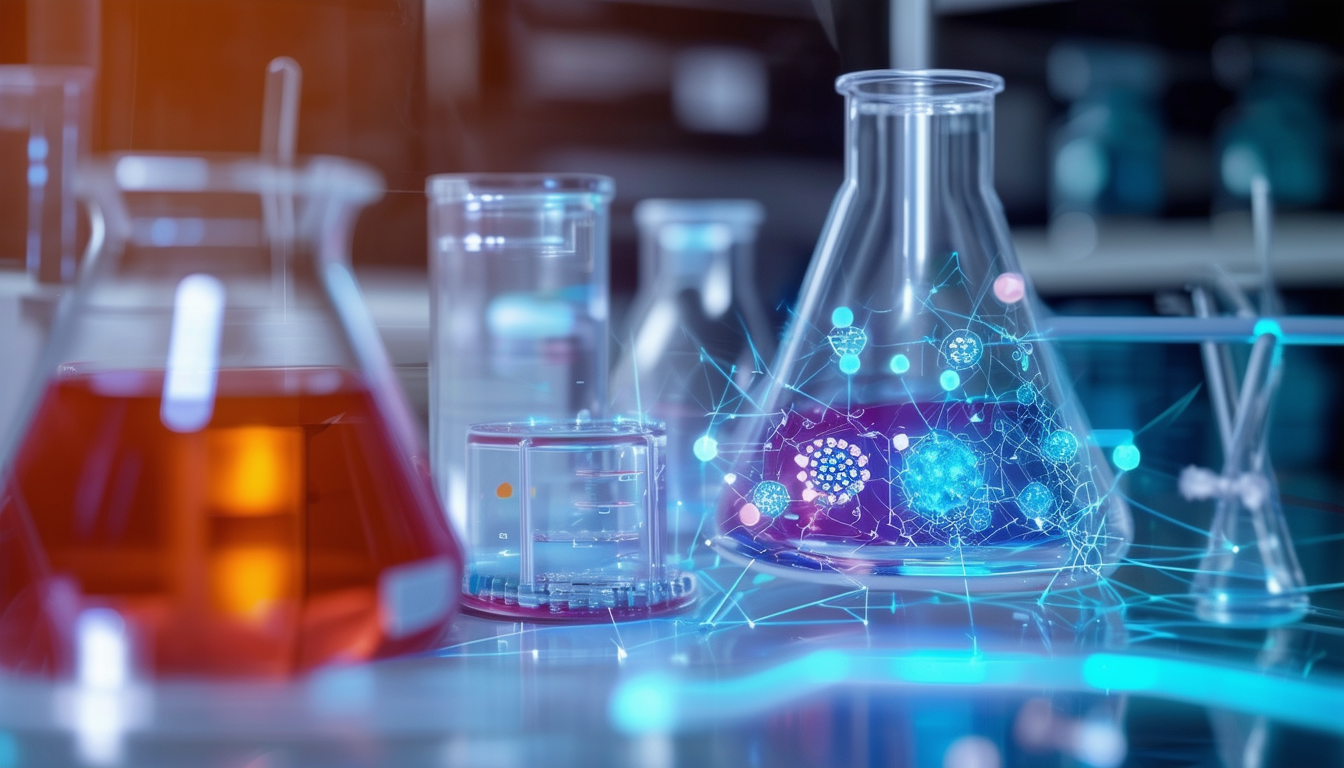In the world of biotechnology, partnering with 3rd party vendors brings innovation but also...
Mitigating Risks in Biotechnology with IoT

Harnessing the power of IoT to mitigate risks in biotechnology can revolutionize safety and efficiency protocols in the industry.
Understanding the Role of IoT in Biotechnology
The Internet of Things (IoT) is transforming various industries, and biotechnology is no exception. IoT involves interconnecting devices and systems to collect and exchange data, which can be leveraged to enhance operational efficiencies and mitigate risks. In biotechnology, IoT can be utilized to monitor laboratory environments, track equipment performance, and ensure compliance with stringent regulatory standards.
The integration of IoT in biotechnology enables seamless data flow and real-time monitoring, which is crucial for maintaining the integrity of biological samples and experimental results. This technology can also facilitate automated control systems that adjust environmental conditions to optimal levels, thus ensuring the reliability and reproducibility of experimental data.
Identifying Key Risks in Biotechnology
Biotechnology companies face a myriad of risks that can impact their operations and outcomes. These risks include equipment failures, contamination of biological samples, compliance breaches, and data integrity issues. Each of these risks can have significant financial and operational repercussions, making it imperative to identify and manage them proactively.
For instance, equipment failures can lead to significant downtime and loss of valuable research data. Contamination of samples can compromise experimental results, while non-compliance with regulatory standards can result in hefty fines and damage to the company's reputation. Data integrity is another critical concern, as inaccurate or tampered data can mislead research directions and outcomes.
Leveraging IoT for Real-Time Data Monitoring
Real-time data monitoring is one of the most significant advantages of IoT in biotechnology. By deploying IoT sensors and devices, companies can continuously monitor critical parameters such as temperature, humidity, and pressure in laboratory environments. This real-time monitoring ensures that any deviations from the set parameters are immediately detected and rectified, thereby preventing potential risks.
Moreover, IoT-enabled devices can send alerts and notifications to the relevant personnel in case of anomalies, ensuring timely intervention. This proactive approach not only enhances the safety and reliability of experimental processes but also minimizes the risk of equipment failures and sample contamination.
Enhancing Predictive Maintenance with IoT
Predictive maintenance is another area where IoT can significantly mitigate risks in biotechnology. By continuously monitoring the performance and condition of equipment, IoT can predict potential failures before they occur. This predictive capability enables biotechnology companies to perform maintenance activities at optimal times, thus avoiding unexpected downtimes and prolonging the lifespan of their equipment.
IoT devices can collect and analyze data on equipment usage patterns, wear and tear, and other performance metrics. This data-driven approach allows companies to identify early signs of equipment degradation and take preemptive measures to address them. As a result, predictive maintenance not only enhances operational efficiency but also reduces maintenance costs and improves overall productivity.
Case Studies: Successful IoT Implementations in Biotechnology
Several biotechnology companies have successfully implemented IoT solutions to mitigate risks and enhance their operations. For example, a leading pharmaceutical company integrated IoT sensors in its bioreactors to monitor and control fermentation processes in real-time. This implementation resulted in improved product yield and quality, as well as reduced contamination risks.
Another case study involves a biotech firm that utilized IoT-enabled temperature monitoring systems to ensure the integrity of its cold storage facilities. By receiving real-time alerts on temperature deviations, the company was able to prevent spoilage of valuable biological samples, thus safeguarding its research investments. These examples highlight the transformative potential of IoT in mitigating risks and driving operational excellence in the biotechnology sector.
